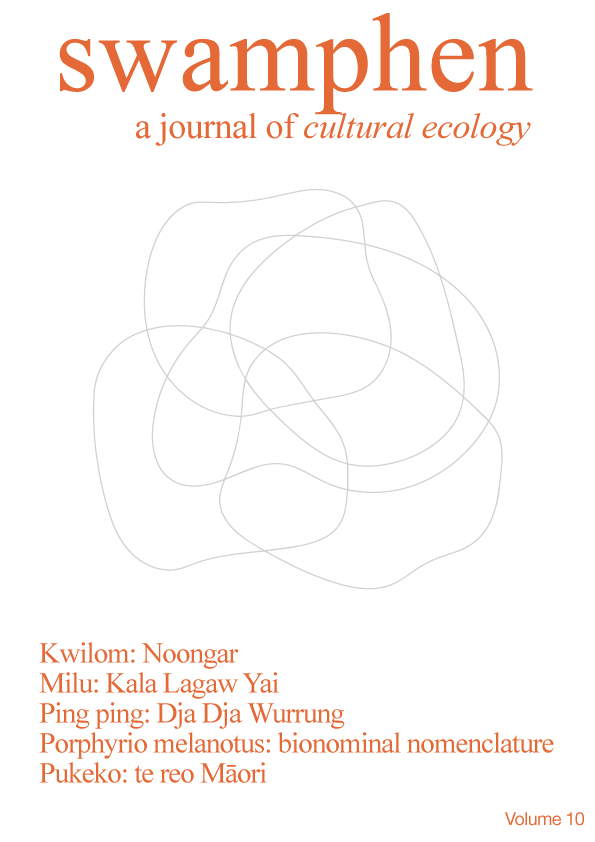Miring Grounds
Keywords:
swamps, grounds, geographies, toxicity, fictions, epistoloryAbstract
Through the presence of an unstable earth, swampy sites disturb land-water binaries while also creating imaginaries that offer an otherwise to colonial fictions of territory. Representations of swamps tend toward the wasted, the toxic and the untamed. Swamps are sites of alternative temporal configurations of muddy-matter that persist throughout histories of resource extraction, management, draining, and burying. The specific spatialities of swamps create the conditions for an emergence of material and imaged fictions. Drawing on thinking from feminist geophilosophy on permeability and saturation, queer materialist understandings of toxicity, along with contemporary critiques on the myths of colonial representations of land, this text explores cultural figurings of muddy grounds to posit swamps as producers of both material and representational imaginaries. ‘Miring Grounds’ engages material porosity and speculative image-reading to frame swamps as sites of marshy resistance that enfold their own representational logics into unique material and ecological compositions of ground.
Downloads
Published
Issue
Section
License
Authors who publish with this journal agree to the following terms:- Authors retain copyright and grant the journal right of first publication with the work simultaneously licensed under a Creative Commons Attribution License that allows others to share the work with an acknowledgement of the work's authorship and initial publication in this journal.
- Authors are able to enter into separate, additional contractual arrangements for the non-exclusive distribution of the journal's published version of the work (e.g., post it to an institutional repository or publish it in a book), with an acknowledgement of its initial publication in this journal.
- Authors are permitted and encouraged to post their work online (e.g., in institutional repositories or on their website) prior to and during the submission process, as it can lead to productive exchanges, as well as earlier and greater citation of published work (See The Effect of Open Access).

